-
About
-
Products
- By Timber Product
- Cladding
- Decking
- Joinery
- Screening
- Panelling
- View all
- By Application
- Exterior Cladding / Siding
- Exterior Rain Screen
- Exterior Roofing
- Interior Walls & Ceilings
- Soffits
- Screening, Fins & Battens
- Windows, Doors & Joinery
- Posts & Beams
- Accessories + Samples
- Coatings
- Fixings
- Samples
-
Shop
- Samples
- Timber Samples
- Architectural Sample Box
- View all
- Accessories
- Coatings
- Fixings
- View all
-
Resources
- By Resource Type
- Technical Data Sheets
- Guides & Manuals
- Technical Articles
- Profile Drawings
- View all
- How To
- How To Specify
- How To Install
- How To Maintain
- Projects
- Contact
Technical Articles
Filter by category
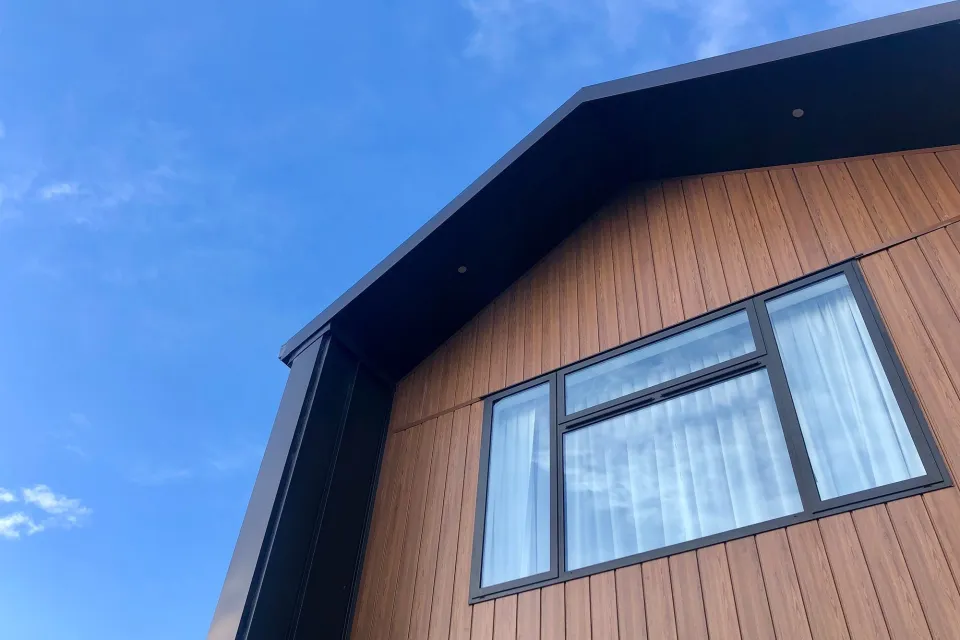
Composite Cladding, Aluminium Cladding vs Timber Cladding – What is the Best Option?
The construction industry is constantly developing, with an increasing amount of cladding options available.
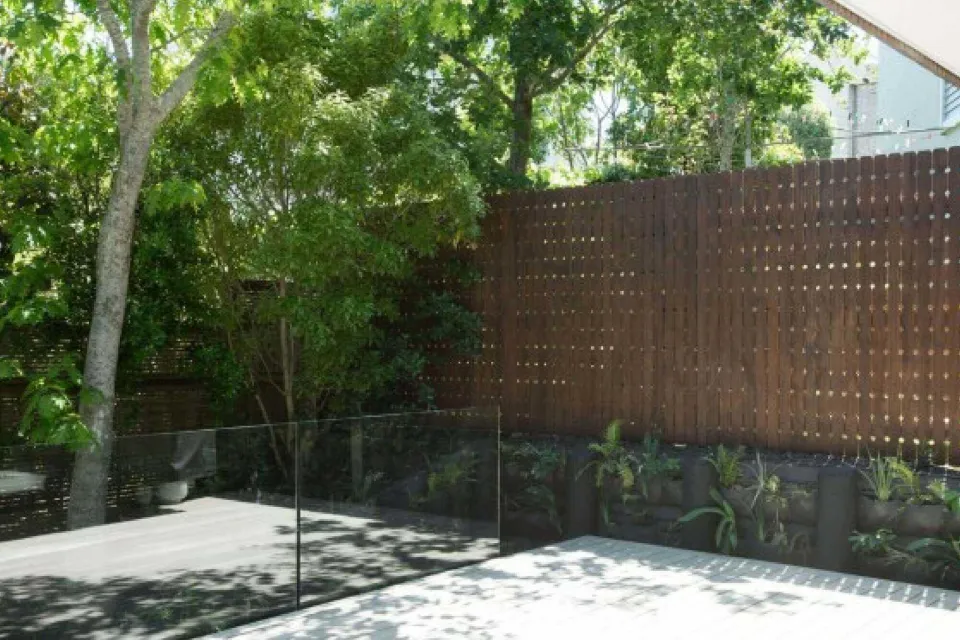
Tips for a Foot Friendly Timber Deck
Kiwis and Aussies love an outdoor deck, and often we will use the deck area with bare feet.
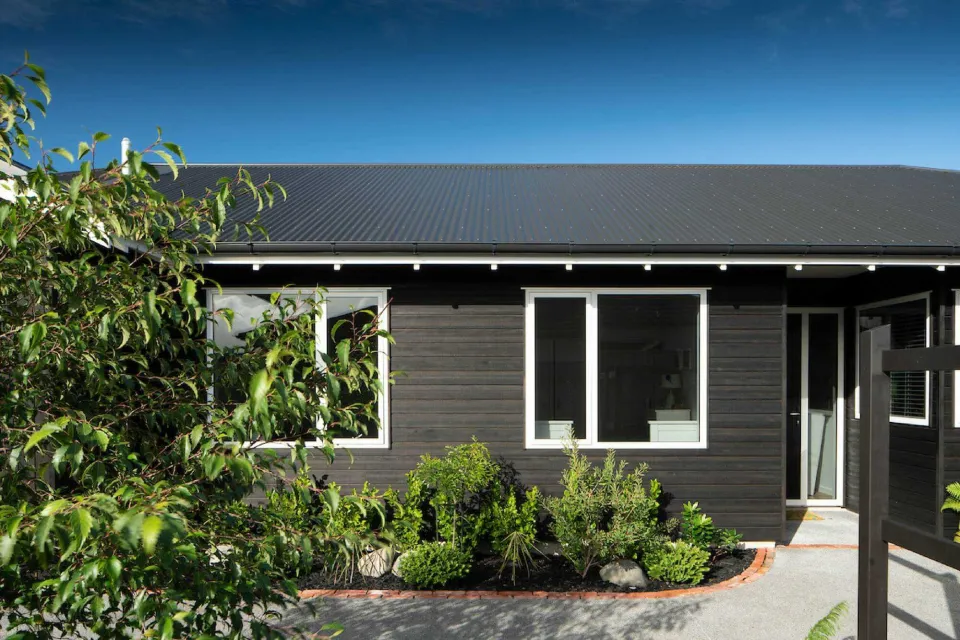
Weatherboard Options for Re-cladding Your Home
Selecting the ideal timber weatherboard for your home can be difficult, that’s why we suggest choosing a profile first.
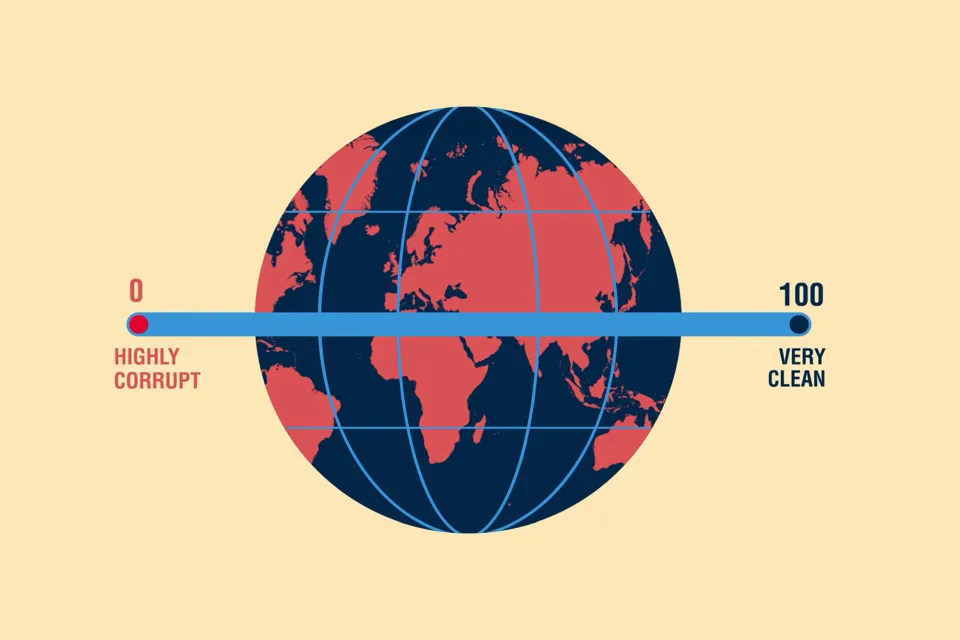
Guiding Rules for Choosing Ethical Timber
Timber sourced from native, natural forests – whether certified or uncertified may damage natural eco systems.
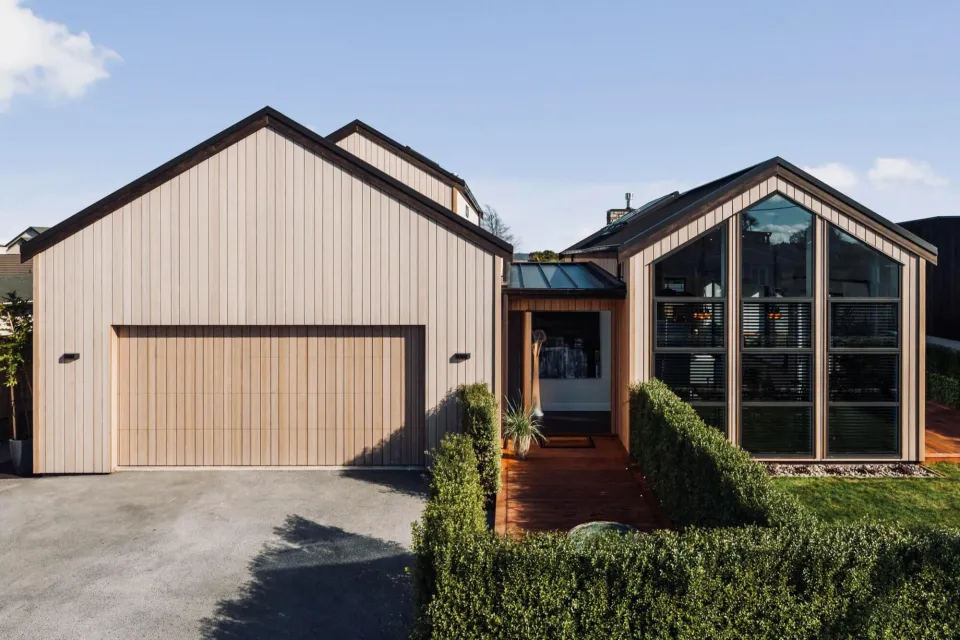
How Often Do I Need to Stain Timber Cladding
Wood siding and weatherboards that are coated with a semi transparent stain, oil or coating will require re-coating at some stage during their lifetime.
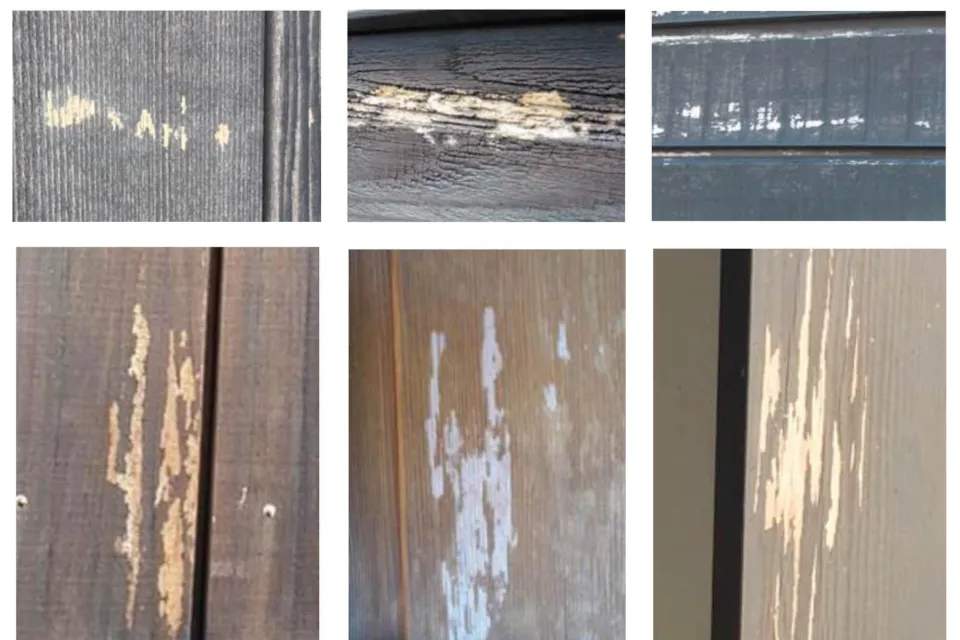
Paper Wasp and Superficial Insect Attack
Paper Wasps and other insects can be known to create superficial damage to timber cladding and coatings. This can appear to be a failing of the timber coating, but it is often the result of scraping from insects.
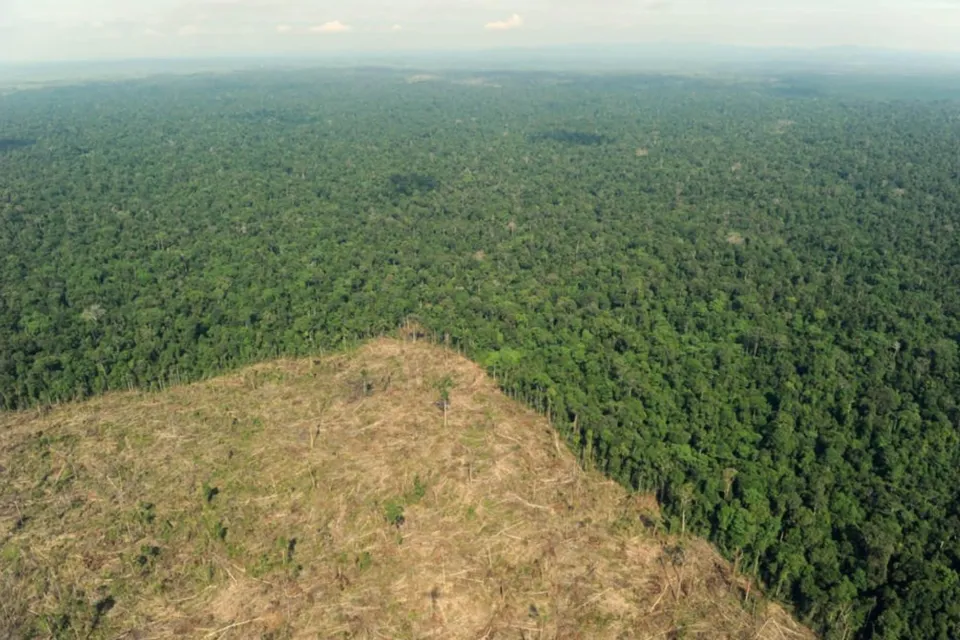
How Sustainable are Australian Hardwoods?
The Australian native forest resource is considered a major asset for the people of Australia – however there are very divergent views on how this resource should be used.
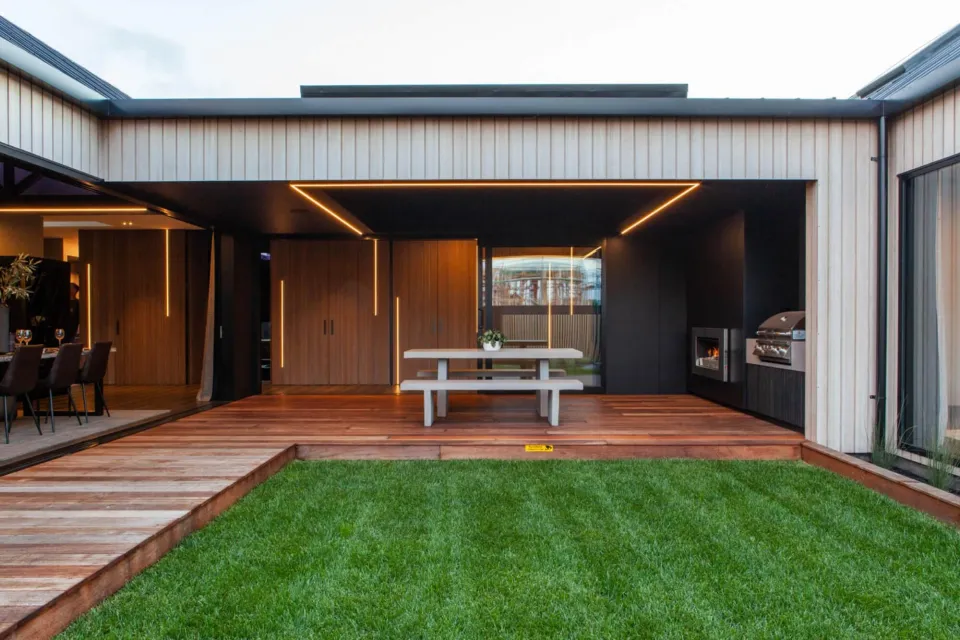
Low Maintenance Exterior Timbers
Many exterior woods are considered high maintenance but with clever choices, maintenance can be significantly minimised.
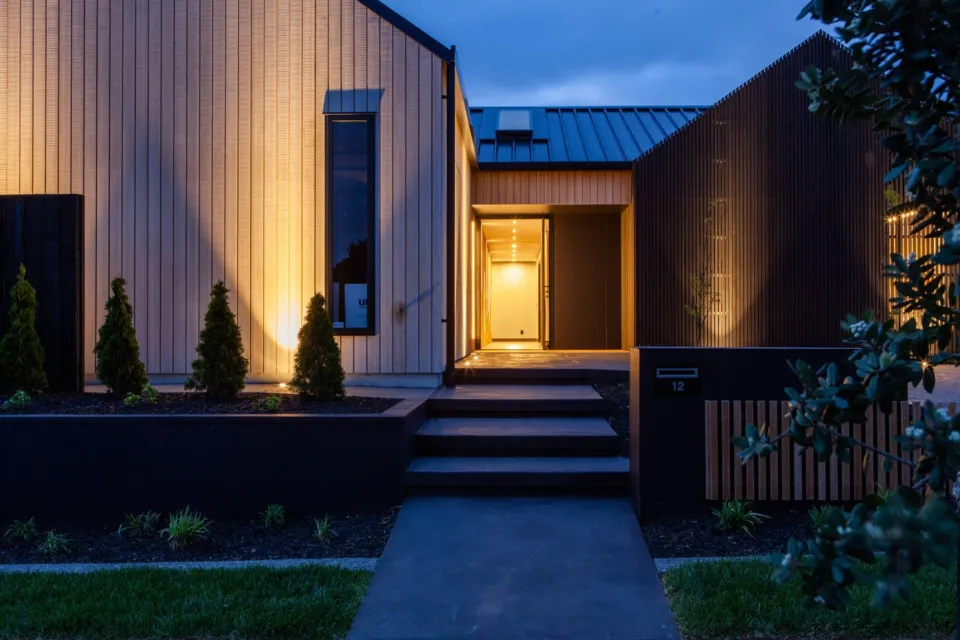
Designing Cladding for High Wind Zones
Designing cladding correctly for “High Wind Zones” is critical to the design of a weathertight façade.
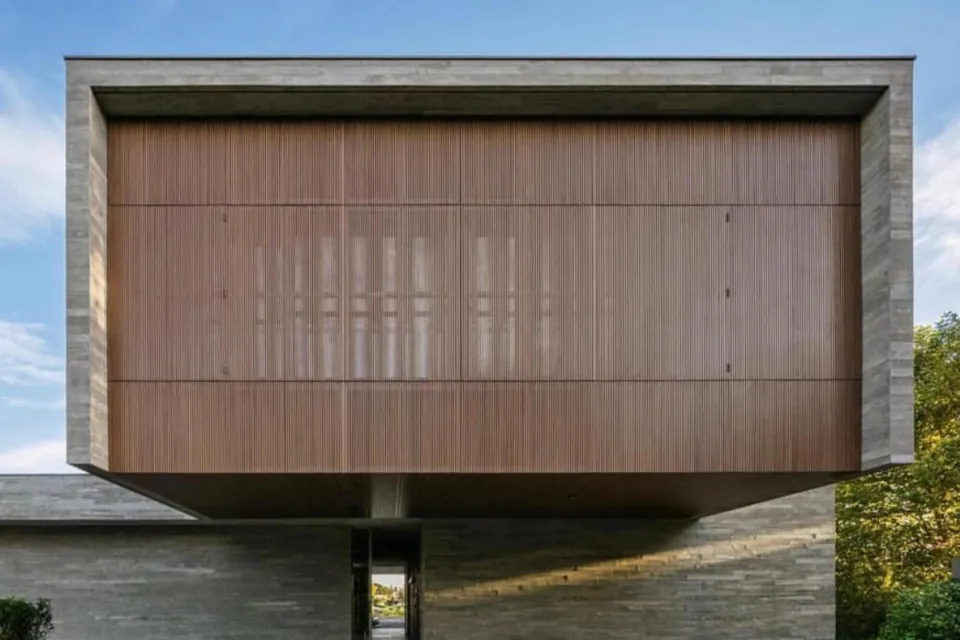
Brazilian Modernist - An Australian Architectural Trend
The “Brazilian Modernist” architectural movement is beginning to take hold in Australia. With similar subtropical climates, Australia and Brazil share some natural characteristics.
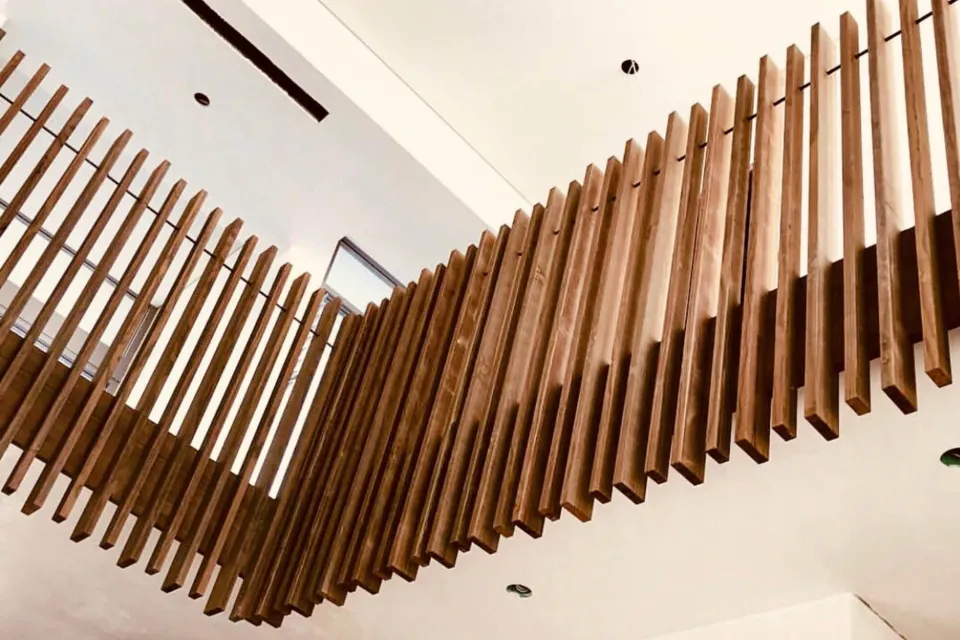
Feature Balustrades - An Architectural Trend
Becoming popular as an architectural timber feature, balustrade materials need to be strong and stable, especially if used in exterior applications.
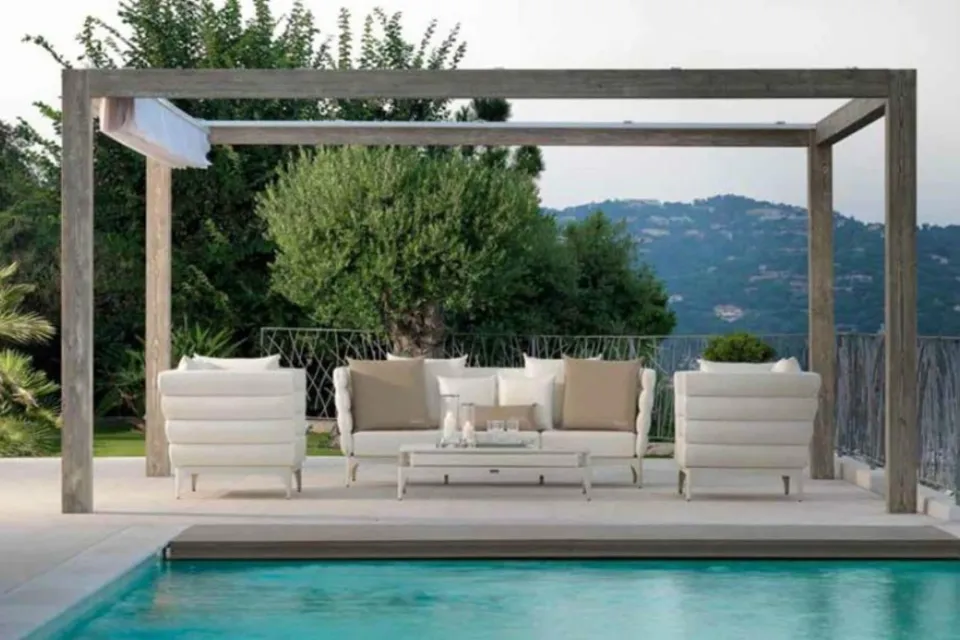
The Modern Pergola
Modern pergola’s have been radically simplified from the complicated structures of the past. Increasingly large section timbers have been used to create chunkier looking structures.
